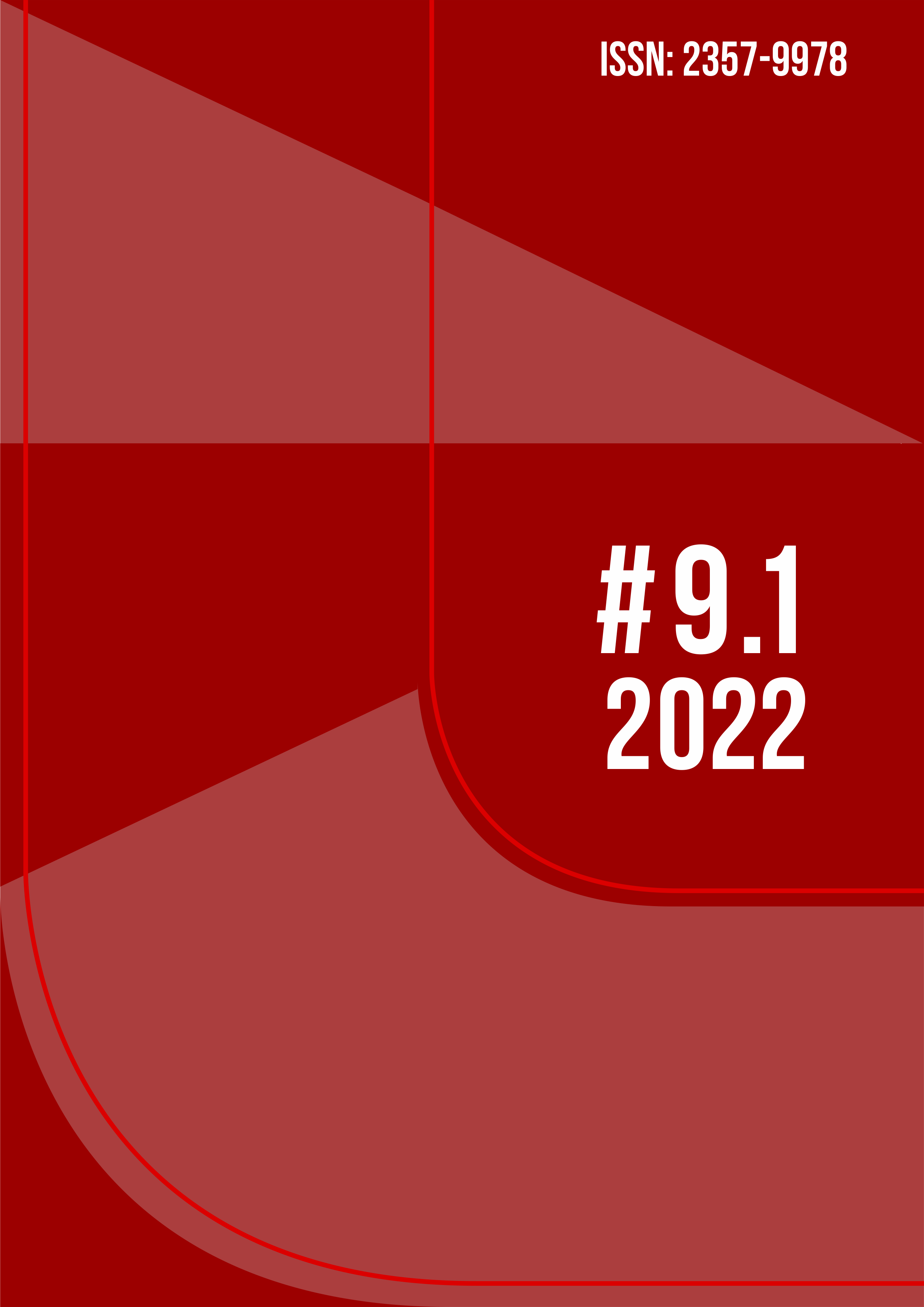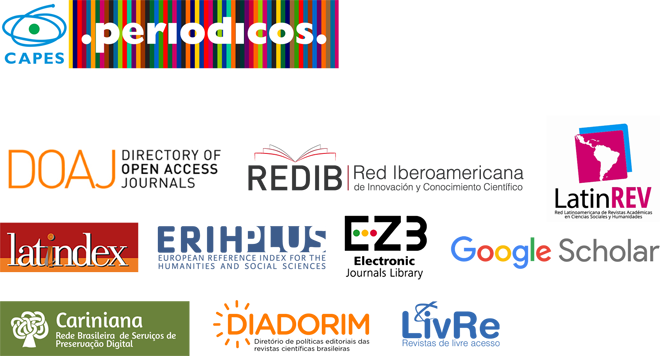The Serpent as a Symbol of Time of Latin American Art
DOI:
https://doi.org/10.36025/arj.v9i1.29702Keywords:
Snake, Temporality, History of Art, Latin America, Aby WarburgAbstract
This paper, part of my doctoral project “In Search of Snakes: an Investigation into the Temporality of the History of Art from Aby Warburg onwards”, is based on the fragmentary and enigmatic notes found in Warburg’s Bilder aus dem Gebiet der Pueblo-Indianer (Images from the Territory of the Pueblo Indians). Those texts were used by Warburg for the conference on the Ritual of the Serpent, presented on April 21, 1923 to an audience composed just by other internals at Bellevue Sanatorium in Kreuzlingen, an academic venue that granted Warburg a certificate of mental health and his return to Hamburg. In those sketches, Warburg asks himself: “What are the properties that make the snake a relevant metaphor in literature and art?” While answering this question, Warburg displays the migrations, disappearances, resurrections, mutations and permanencies of the symbol of the snake, allowing the understanding of this pictorial and cultural matrix, present in many cultures, as an anthropological constant linked to rain, life, death, etc.
Downloads
References
ACHA, Juan. Arte y sociedad Latinoamericana: sistema de producción. México: Fondo de Cultura Económica, 1979.
ANDRADE, Oswald de. Revista O Pirralho. São Paulo, 31 de agosto de 1912, no 56. Apud: FONSECA, Maria Augusta. Oswald de Andrade. Biografia. São Paulo: Editora Globo, 2007.
ANGEL, Sara. The Mnemosyne Atlas and the Meaning of Panel 79 in Aby Warburg's Oeuvre as a Distributed Object. Leonardo, v. 44, n. 3, p. 266-267, 2011.
ARTAUD, Antoin. L’ombilic des limbes. Paris: Gallimard, 1979.
BARTHOLOMEU, Cezar (org.). Dossiê Warburg. Revista Arte & Ensaios. Ano XVII, n.19, 2009. p. 118. Disponível em: <http://www.eba.ufrj.br/ppgav/lib/exe/fetch.php?media=revista:e19:dossie.pdf> Acesso em: 03 abr. 2017
BENETTI, Alfonso. A autoetnografia como método de investigação artística sobre a expressividade na performance pianística. Opus, v. 23, n. 1, p. 147-165, abr. 2017.
CAMPOS, Augusto de. Paul Valéry: A serpente e o pensar. São Paulo: Brasiliense, 1984.
CASSIRER, Ernst. La Filosofia de las formas simbólicas. México: Fondo de Cultura Económica, 1972.
FONSECA, Mário Geraldo Rocha da. A cobra e os poetas: Uma mirada selvagem na literatura brasileira. 2013. 334 f. Tese (Doutorado em Literatura Comparada). Faculdade de Letras, Universidade Federal de Minas Gerais, Belo Horizonte, 2013.
GOMBRICH, E. Aby Warburg. An Intellectual Biography. Oxford: Phaidon, 1986.
KANDINSKY, Wassily. Do espiritual na arte. São Paulo: Martins Fontes, 1990.
KOSELLECK, Reinhart. Estratos do tempo: Estudos sobre história. Rio de Janeiro: Contraponto, 2014.
KUBLER, George. A forma do tempo: Observações sobre a história dos objetos. Lisboa: Vega, 1991.
LAGROU, Els. A fluidez da forma: arte, alteridade e agência em uma sociedade amazônica (Kaxinawa, Acre). Rio de Janeiro: TopBooks, 2007.
LEVY, Carminha; MACHADO, Alvaro. A sabedoria dos animais: viagens xamânicas e mitologias. São Paulo: Ground, 1999.
MICHAUD, Philippe-Alain. Aby Warburg e a imagem em movimento. Rio de Janeiro: Contraponto, 2013.
NARBY, Jeremy. A serpente cósmica, o DNA e a origem do Saber. Rio de Janeiro: Dantes, 2018.
SILVA, Adriano Clayton da. O devir-antropólogo/xamã/tradutor. Espaço ameríndio, Porto Alegre, v. 12, n. 1, p. 175-188, jan./jun. 2018.
TAVARES, Marcela B. Borges e os labirintos do tempo. Monografia (Bacharelado em Filosofia). Faculdade de Filosofia, Universidade Federal do Rio de Janeiro, Rio de Janeiro, 2009.
VIDAL, Lux. A Cobra Grande: uma introdução à cosmologia dos povos indígenas do Uaçá e Baixo Oiapoque – Amapá. Rio de Janeiro: Museu do Índio, 2007.
VIVEIROS DE CASTRO, Eduardo. Metafísicas canibais: Elementos para uma antropologia pós-estrutural. São Paulo: Cosac Naify, 2015.
WARBURG, Aby. A Lecture on Serpent Ritual. Journal of the Warburg Institute, v. 2, n. 4 (Apr., 1939), pp. 277-292, Londres: The Warburg Institute, 1939. Disponível em: <http://www.jstor.org/stable/750040>. Acesso em: 03 abr. 2017
WARBURG, Aby. A renovação da Antiguidade: Contribuições científico-culturais para a história do Renascimento europeu. Tradução: Markus Hediger. Rio de Janeiro: Contraponto, 2013.
WARBURG, Aby. Atlas Mnemosyne. Tradução: Joaquin Chamorro Mielke. Madrid: Ediciones Akal, 2010.
WARBURG, Aby. El ritual de la serpiente. Tradução de Joaquín Etorena Homache. Epílogo de Ulrich Raulff. México: Sexto Piso, 2004.
WARBURG, Aby. Imagens da região dos índios Pueblo da América do Norte. Tradução de Jason Campel. Revisão técnica de Roberto Conduru. Revista Concinnitas. Ano 6, v. 1, n. 8, julho 2005.
WARBURG, Aby. Images from the Region of the Pueblo Indians of North America. Tradução e ensaio: Michael P. Steinberg. Londres: Cornell University Press, 1995.
WARBURG, Aby. Le rituel du serpent : Art et anthropologie. Introdução de Joseph L. Koerner. Paris: Macula, 2003.
Downloads
Published
How to Cite
Issue
Section
License
Copyright (c) 2022 Marcela Botelho Tavares (Autor)

This work is licensed under a Creative Commons Attribution-NonCommercial-ShareAlike 4.0 International License.

This work is licensed under a Attribution-NonCommercial-ShareAlike 4.0 International (CC BY-NC-SA 4.0) License.
Authors retain copyright, while licensing their work under a Attribution-NonCommercial-ShareAlike 4.0 International (CC BY-NC-SA 4.0) License.


 English
English Português (Brasil)
Português (Brasil)
